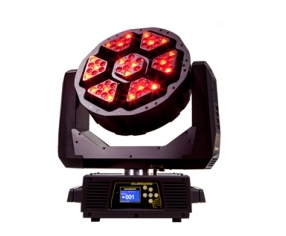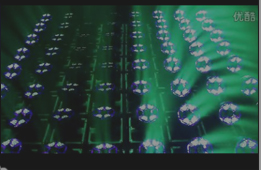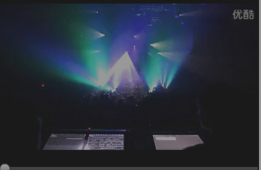Each week, TV fans tune in for the ABC hit series Nashville, where often the musical performances are among the most dynamic elements of the show. Steve Fallon is Lighting Director for Nashville's musical performance sequences, and consistently delivers a cutting-edge production to accentuate the vocalist's performance. In an upcoming episode, Christine Aguilera guest stars as a singer more rooted in the pop rock vein; to accommodate her performance with a flashier design, Fallon chose High End Systems SHAPESHIFTERs as the primary eye candy in the scene.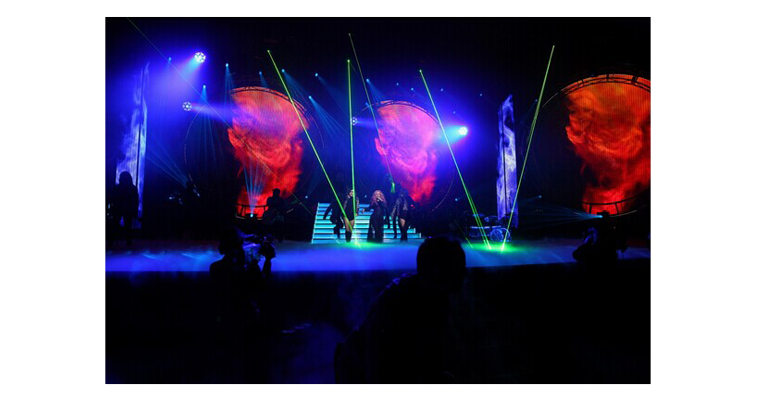 "We use four different sets for scenes within the show," says Steve, "with computer generated imagery (CGI) to have it appear that we are in a 20,000 seat arena, so the instruments change in relation to the performance needs. We use VER as our vendor, and they're quite close by, so we have the opportunity to change and swap fixtures for different looks in the show. VER Manager Tony Macre does an amazing job in supplying the gear for each performance with very short notice. Also, big thanks to Dustin Cunningham and crew who put it all together."
"We use four different sets for scenes within the show," says Steve, "with computer generated imagery (CGI) to have it appear that we are in a 20,000 seat arena, so the instruments change in relation to the performance needs. We use VER as our vendor, and they're quite close by, so we have the opportunity to change and swap fixtures for different looks in the show. VER Manager Tony Macre does an amazing job in supplying the gear for each performance with very short notice. Also, big thanks to Dustin Cunningham and crew who put it all together."
Fallon used 30 SHAPESHIFTER C1's in the rig along with a large number of other instruments and '200 panels of VER WinVision Air 9mm that's really bright!' The LD says SHAPESHIFTER was a perfect choice to accentuate Aguilera's performance. "Nashville is a country show, and we'd used them twice in the past for different scenes. But this performance was more pop orientated, and it really warranted something with a bit more action from the lighting instrument itself; the SHAPESHIFTER really fulfilled the bill. I wanted something with more texture and pop feel, so I chose to go with the SHAPESHIFTER."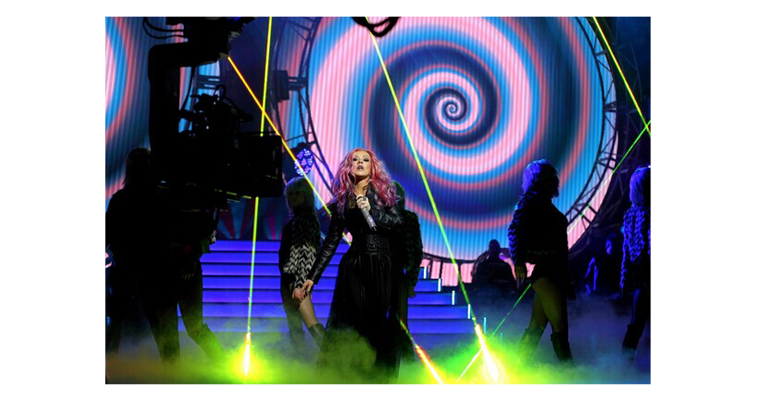 The C1's built-in macros proved essential to Steve for making beautiful and energetic looks happen under pressure. He comments, "Just using the fixtures' onboard macros is enough to get you anywhere you want to go, and then once you tweak them, you're really able to define particular looks. Everything with this show is under a time constraint; we don't have a script until about a week ahead of time. and we shoot an episode every nine days. So basically we would get info on the artist, and I get the tracks Dropboxed to me about a week out - to give me an idea of what to choose for appropriate instruments. But in reality, the space where Nashville is shot is used for multiple different shoots, and there's many different sets in there. That set went in three days ahead of the shoot, and its programmed in one day. I also do the video content part as well as lighting, and that all has to be pulled together in ten to 12 hours. It definitely makes you work, we're not allowed the luxury of extensive pre-production time … you have to get it right straight off the bat."
The C1's built-in macros proved essential to Steve for making beautiful and energetic looks happen under pressure. He comments, "Just using the fixtures' onboard macros is enough to get you anywhere you want to go, and then once you tweak them, you're really able to define particular looks. Everything with this show is under a time constraint; we don't have a script until about a week ahead of time. and we shoot an episode every nine days. So basically we would get info on the artist, and I get the tracks Dropboxed to me about a week out - to give me an idea of what to choose for appropriate instruments. But in reality, the space where Nashville is shot is used for multiple different shoots, and there's many different sets in there. That set went in three days ahead of the shoot, and its programmed in one day. I also do the video content part as well as lighting, and that all has to be pulled together in ten to 12 hours. It definitely makes you work, we're not allowed the luxury of extensive pre-production time … you have to get it right straight off the bat."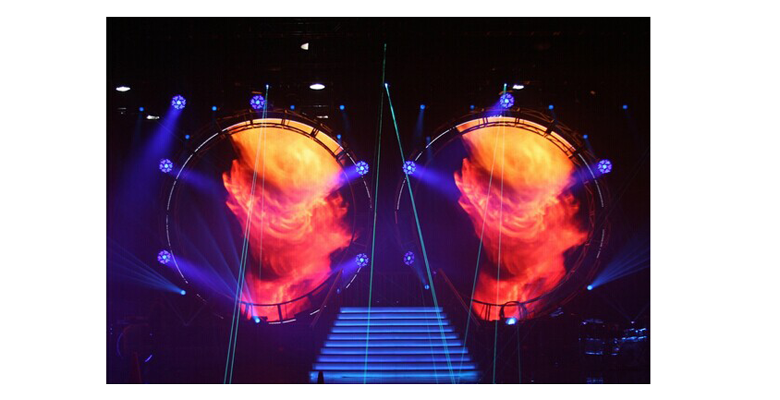 Fallon is an avid user of Hog control software for his television work. "I use two Hog 4's on the show," he explains, "and they're linked, but one's running lighting and the other is running two Hippotizers and a Spyder Video Processing System - we patch cameras through that as well. The Hog 4 is king for film and TV work - one thing I love about the Hog 4 for television is that I am constantly changing intensity, color temperature and focus positions all day long, and it's so slick on the Hog 4. It's just a great workhorse for my environment. The ability to clone fixtures is also critical - especially on location work. I've used all flavors of consoles, but for TV the Hog is definitely the way to go. The series just wrapped but I'm looking forward to using the new 3.0 software with the pixel mapping. That will be great for episodes down the road."
Fallon is an avid user of Hog control software for his television work. "I use two Hog 4's on the show," he explains, "and they're linked, but one's running lighting and the other is running two Hippotizers and a Spyder Video Processing System - we patch cameras through that as well. The Hog 4 is king for film and TV work - one thing I love about the Hog 4 for television is that I am constantly changing intensity, color temperature and focus positions all day long, and it's so slick on the Hog 4. It's just a great workhorse for my environment. The ability to clone fixtures is also critical - especially on location work. I've used all flavors of consoles, but for TV the Hog is definitely the way to go. The series just wrapped but I'm looking forward to using the new 3.0 software with the pixel mapping. That will be great for episodes down the road."
One advantage the lighting director grabs for lighting Nashville performances and other shoots is Light Converse. "One of the things I do," he explains, "is to pre-visualize it in Light Converse prior to load-in. So on the weekends when I should be home, I go to VER's Pre-Viz suite. Dave Perkins has really developed the Light Converse system far above and beyond anyone's expectations. It's stunning how close you can get to the real thing. For me, it's the only way. It also allows Director of Photography Michael Lohmann to come in and not only view what I'm doing, but he can also pre-viz his camera angles. That's a real plus - for DP's if it's not in the box it doesn't exist, so that allows him to see it from every angle. They shoot with six cameras and one Technocrane, and he can look at what the Technocrane might be doing, and what each individual camera is going to be doing, so it gives him a real jump on the day."

SHAPESHIFTERs Featured On Upcoming Nashville Episode
Click to download PDF file
Back


